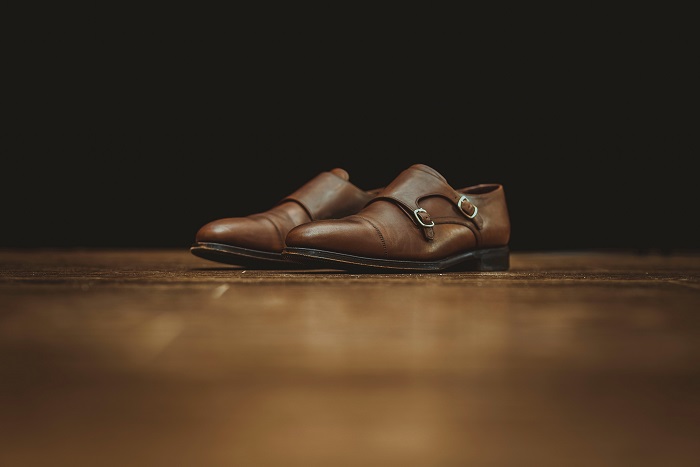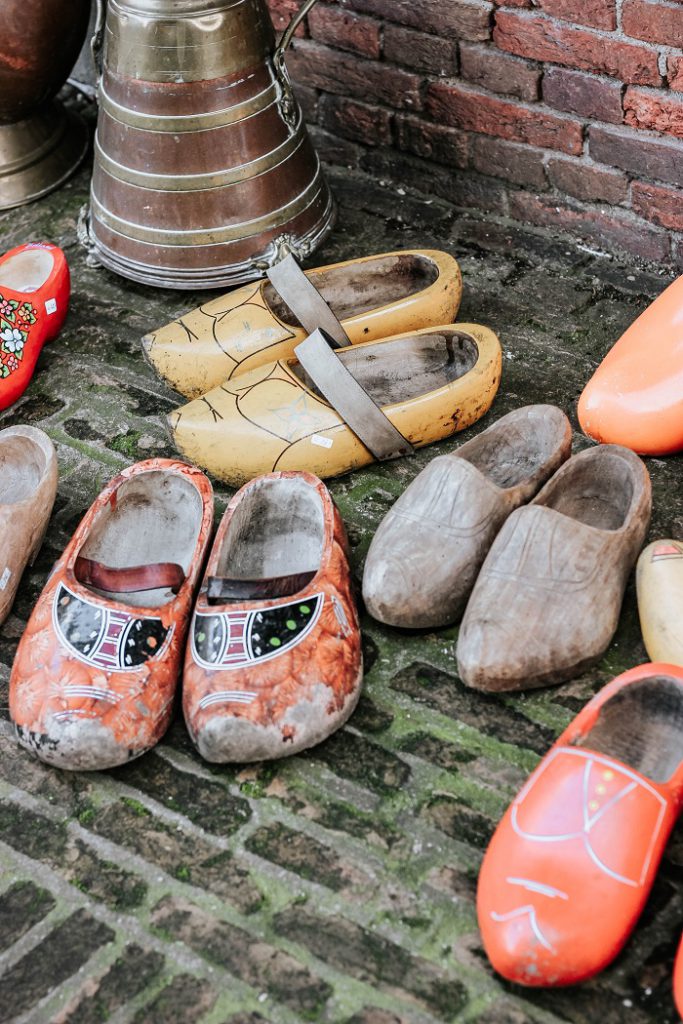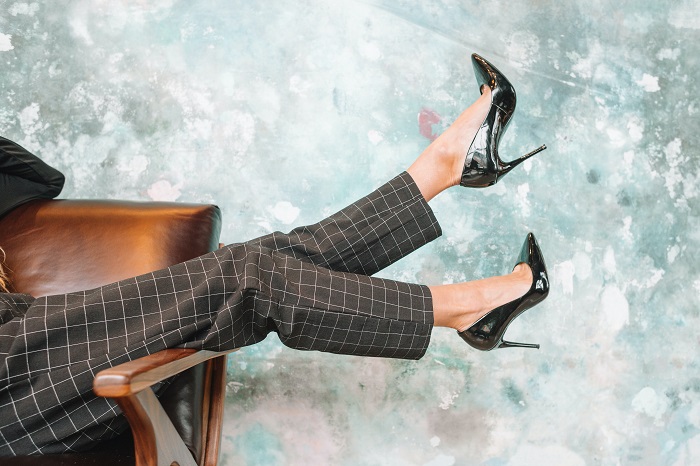Are We Obsessed by Shoes
By Catalogs Editorial Staff

Save Big with Discount Men’s Dress Shoes
For most of human history, fine footwear has been a costly luxury worn by the upper classes as a sign of status. Judging from some of the prices today for high end designer shoes, it would appear that only the wealthy could afford them. This applies to both sexes; but, that’s no longer true – thanks to online catalogers and merchants who stock a variety of discount men’s shoes (and women’s). The latest in footwear is now yours at the click of your mouse. Their sites are a salvation to those of us who still regard shoes (designer name shoes, of course} as a status symbol. Many sites offers famous name brands in an extraordinary assortment of sizes and widths.My, how things have changed since ancient times! It thought that first foot coverings were probably animal skins, which peoples of the Stone Age (until about 4000 BC in northern Europe and Asia tied around their ankles in cold weather. Such footwear was undoubtedly the ancestor of Bronze Age European and Native North American skin moccasins and the leather and felt boots later worn by the Persians and Mongolians. Related forms of foot coverings included leather slippers, which originated in the Middle East and are still worn there, and the traditional fabric shoes of China, where leather was scarce. Carved wooden shoes, such as European peasant sabots, and wooden clogs, worn in Japan, gave protection from wet or muddy ground. Just think of the many choices we have now for protective footwear!


Before you continue reading about the Are We Obsessed by Shoes there is a special announcement we would like to share with you. Catalogs.com has negotiated special medicare rates for our vibrant community of seniors. If you are over the age of 60, you can head over to our Seniors Health Section which is full of information about medicare. All you need is your zip code and a few minutes of your time to potentially save 100s of dollars on your medicare bills.
High heels, a late 16th-century innovation, characterized 17th-century shoes for both sexes. The fashion was encouraged by Louis XIV of France, who wore them to increase his modest height. A curved heel is still known as a French, or Louis, heel. These square-toed, long-tongued shoes were fastened with buckles or wide bows. Men also wore soft, wide-topped cavalier boots, which often revealed loose, lace-trimmed boot hose. In the 18th century the soft boot was replaced by the stiff cowhide jackboot, which was held up by a metal frame (jack) and often cut away behind the knee. Foot soldiers wore cheaper ankle boots with side-buttoned, canvas gaiters. High-heeled, buckled shoes had pointed toes. These hardly compare with today’s popular men’s casual shoes like loafers, top siders and, of course, the ever popular sneakers?all now available at online at sites like Harry’s Shoes. Whatever shoe style you’re looking for, you’ll be able to find it online at prices that meet or beat those found in the traditional brick and motor re ~In the period of the Napoleonic Wars (1803-1815), women favored narrow, flat slippers laced around the ankle. By the mid-19th century, shoes began to be mass-produced in factories and were thus more available to the general public. Men wore laced or elastic-sided ankle boots. Women wore heeled shoes, low cut or laced or buttoned to the ankle. Canvas-topped, rubber-soled shoes (sneakers) were introduced for sports. And, shoe design was greatly influenced in the 20th-century by the emphasis on youth and informality.
Men’s footwear included low, laced oxfords in various leathers, slip-on loafers, ankle boots, and specialized sport shoes. According to changing fashion, women adopted high, spike, or low heels, with thin, platform, or wedge soles, in closed shoes or sandals. In the late 20th century, tight, knee-high boots became popular for day wear. With the growing interest in exercise for physical fitness, various adaptations of shoes for exercise became standard foot gear for men, women, and children alike.
Popular Savings Offers
Today there are so many different styles of ladies shoes, sandals and boots that it is very hard to keep track of what’s in and what’s out; however, this task is made so much easier by perusing the many online catalogs that depict the very latest in footwear. Just let the Internet be your fashion guide to all that’s new and exciting in the field of ladies shoes, sandals and boots and your feet can be well clad even if you’re not well heeled!





.jpg)


.jpg)


